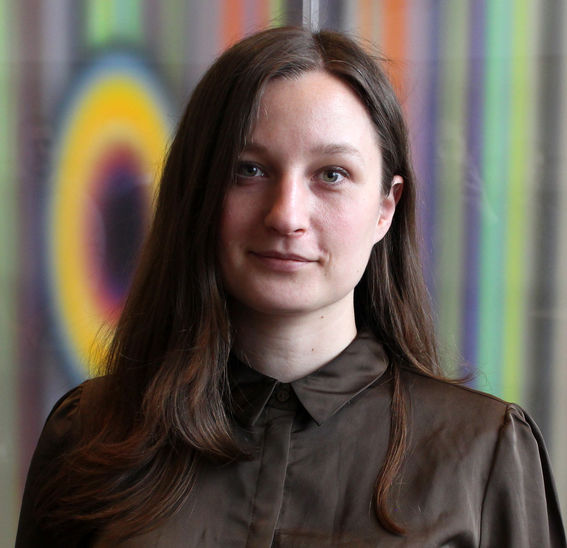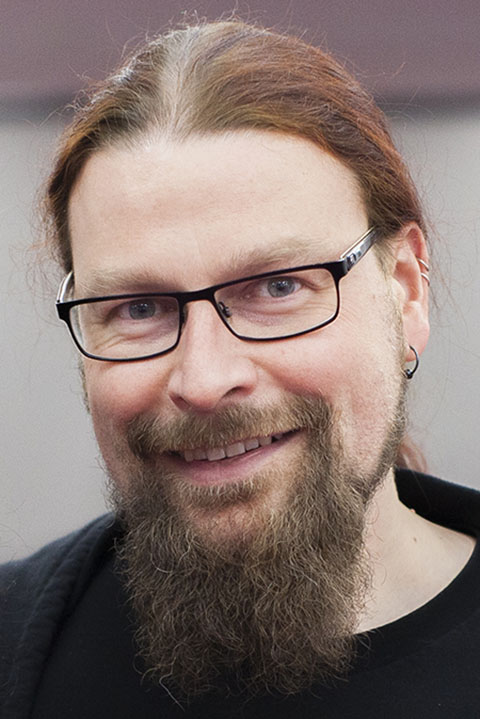CEST researchers receive significant LUMI supercomputing resources

Two recent applications by researchers from the CEST (Computational Electronic Structure Theory) research group for computing resources provided by the LUMI supercomputer were successfully granted. The CEST group, led by Prof. Patrick Rinke, applies machine learning and computation to solve pertinent problems in physics, chemistry, and materials science.

The first of the two successful projects, Expanding Property Prediction and Machine Learning Models for Atmospheric Science (EXPAND ATMOS), is led by researcher Hilda Sandström with the help of doctoral student Lucas Bandeira. EXPAND ATMOS investigates particle formation in the atmosphere and how these particles affect the climate and air quality. These tiny particles form as a result of a complex web of chemical reactions and processes involving emissions from human activities like industry and agriculture. However, the details of these reactions remain largely unknown. To unravel this mystery, scientists turn to computational models. These models help trace how human activities impact particle formation in the atmosphere. Traditional modelling methods demand immense computational resources, often to an impractical extent. By leveraging machine learning, EXPAND ATMOS creates models that will open new ways of doing research in atmospheric science that were previously impossible. Developing these machine learning tools requires substantial resources, which are now accessible thanks to LUMI. With access to LUMI, we anticipate significant advances in understanding and mitigating the impacts of atmospheric particles on our climate and on air quality.

The second granted project, named Active Learning for Vibrational Spectroscopy (ALVS) is led by researcher Ondrej Krejci with the help of doctoral student Nitik Bhatia. Together, they apply machine learning to help investigate heterogenous catalysis of green fuels such as methane and methanol. This type of catalysis is an important industrial process to produce useful chemical compounds including green fuels and to simultaneously convert unwanted chemicals like carbon dioxide. In this context, it is essential for researchers to understand the catalyst’s behaviour and working mechanism. Vibrational spectroscopy is one of a few characterization techniques available that can provide in-situ and real-time information on catalyst operation. The goals of ALVS will be achieved with the help of a novel machine learning model for efficiently predicting vibrational spectra. The ALVS model will facilitate unprecedently fast identification of reaction intermediates, reaction pathways and active components of the catalysts. Developing such machine-learning models, however, requires significant amounts of training data, which will be generated computationally with the ALVS LUMI resources. The gained knowledge will help us design better catalysts, improve green fuel production and thus contribute to carbon dioxide mitigation.
Both projects directly benefit from access to supercomputing resources. Thanks to the LUMI Extreme Scale Access project call, EXPAND ATMOS and ALVS have received the necessary resources and access to LUMI, one of the top five supercomputers in the world. Europe’s flagship computer also provides state-of-the-art infrastructure needed to conduct this type of research at an unprecedented scale. The two selected projects are two out of only six Finnish projects that were granted as part of this call.
Contact and more information
Read more news

Major funding powers development of next-generation machine technology aimed at productivity leap in export sectors
The BEST research project is developing new types of sealing, bearing, and damping technology.
The TAIMI project builds an equal working life – a six-year consortium project seeks solutions to recruitment and skill challenges
Artificial intelligence (AI) is changing skill requirements, the population is aging, and the labor shortage is deepening. Meanwhile, the potential of international experts often remains unused in Finland. These challenges in working life are addressed by the six-year TAIMI project funded by the Strategic Research Council, and implemented by a broad consortium.
Unite! Seed Fund 2026: Call opens on 20 January 2026
Gain an early overview of the Unite! Seed Fund Call of Spring 2026. The call includes three funding lines: Student Activities, Teaching and Learning, and Research and PhD.







